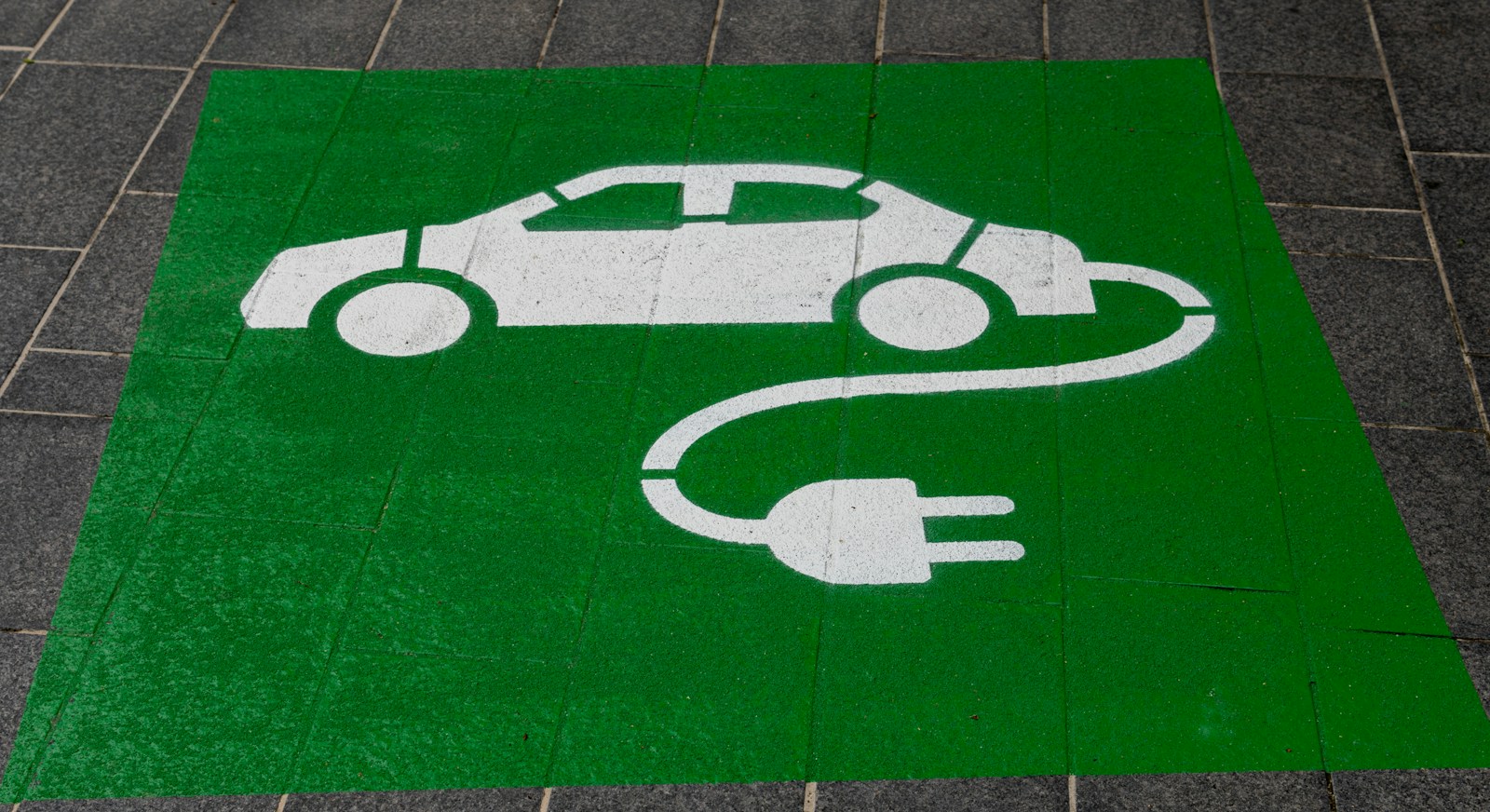Electric vehicles (EVs) are becoming increasingly popular as people seek to reduce their carbon footprint and embrace sustainable transportation. EVs are powered by batteries that store energy and use it to drive the car’s electric motor. This makes them more efficient than traditional gas-powered vehicles and gives them better performance. As technology advances, EVs are becoming faster and more powerful. In this article, we will explore the world’s fastest electric cars and discuss the benefits and challenges of EV adoption.
1. Introduction to Electric Cars
Electric vehicles are a type of car that are powered by electricity. They use electric motors to drive the wheels and are powered by batteries that store energy. EVs are becoming increasingly popular due to their environmental benefits and increased performance. They are more efficient than traditional gasoline-powered cars and require less maintenance. EVs are also becoming faster and more powerful as technology advances.
2. The Fastest Electric Cars
The world’s fastest electric cars are the Tesla Model S, Porsche Taycan, and Rimac C_Two. The Tesla Model S is the fastest accelerating production car, reaching 0-60 mph in 2.3 seconds. The Porsche Taycan is the world’s fastest production electric car, reaching a top speed of 161 mph. The Rimac C_Two is the fastest electric car in the world, reaching 0-60 mph in 1.85 seconds and a top speed of 258 mph.
3. Benefits of EVs
EVs have numerous benefits over traditional gas-powered cars. They are more efficient, require less maintenance, and offer better performance. EVs also have environmental benefits, as they produce fewer emissions than traditional gasoline-powered cars. This helps reduce air pollution and greenhouse gases, which can have a positive impact on the environment.
4. Challenges of EVs
EVs are still in the early stages of adoption, and there are some challenges that need to be addressed. One of the biggest challenges is the cost of EVs, which can be prohibitively expensive for many people. Additionally, the lack of infrastructure for charging EVs can be a major hurdle for those looking to switch to an EV.
5. EV Adoption in the Future
As technology advances, EVs are becoming faster and more powerful. This, combined with government incentives and increasing infrastructure for charging, will likely lead to increased adoption of EVs in the future. As more people switch to EVs, the cost of ownership is likely to decrease, making them more accessible to more people.
6. Conclusion
Electric vehicles are becoming increasingly popular as people seek to reduce their carbon footprint and embrace sustainable transportation. The world’s fastest electric cars are the Tesla Model S, Porsche Taycan, and Rimac C_Two. EVs have numerous benefits, such as increased efficiency, reduced emissions, and better performance. However, there are still some challenges that need to be addressed, such as the cost of EVs and the lack of infrastructure for charging. As technology advances, EVs will become faster and more powerful, leading to increased adoption in the future.
Electric vehicles are becoming more popular as people seek to reduce their carbon footprint and embrace sustainable transportation. The world’s fastest electric cars are the Tesla Model S, Porsche Taycan, and Rimac C_Two. EVs have numerous benefits, such as increased efficiency, reduced emissions, and better performance. However, there are still some challenges that need to be addressed, such as the cost of EVs and the lack of infrastructure for charging. With advances in technology and increased infrastructure, EVs are likely to become more accessible and popular in the future.

Leave a Reply